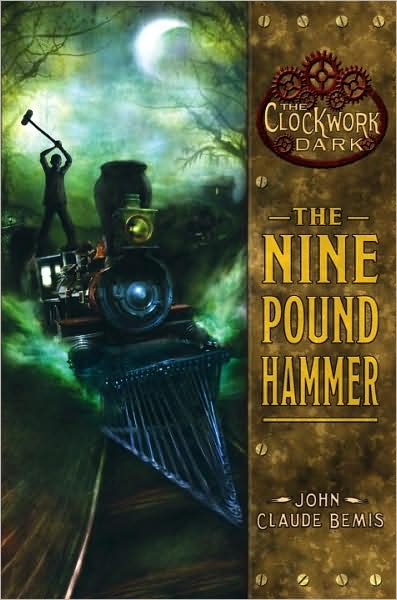
I usually pack a bunch of books for travel, but I somehow didn’t this time. So, on the way to Alabama, I finished the book I had (Wonder) and I was left with only a magazine (Wired). Ack. Not good. I was able to survive on Saturday, since my day was packed, but I had that strange, vacant feeling as I entered the airport yesterday morning and realized that I had many hours to go … and nothing to read.
I picked up the Sunday New York Times. That helped. But you know … I needed a book. (And of course, I completely kicked myself for not splurging on a Sharon Draper book while we were at the same conference together — what was I thinking?)
I wandered the small Birmingham airport in a sort of daze. I needed a book. And I needed one bad.
Gosh, though, the Hudson news stands in airports stink for their selections, don’t they? I was staring at the titles on display on the wall and thinking: I won’t get a hard cover book unless it is a must-have book because I don’t want to pay $25. There were no must-have books. I glimpsed at all of the paperbacks … I don’t mean to sound snobbish, but they were just weren’t to my liking (and just how many darn books has James Patterson written, anyway? Holy cow.)
I finally fingered a short story collection by Stephen King (but wished his book, On Writing, was available. I would have scooped that up in a second.). It’s been some years since I have dove into King but he seemed the safest bet of the bunch.
This short story collection — Full Dark, No Stars — is incredibly dark, and violent. Well-written, to be sure, but man, I was hardpressed to keep reading the second story here. I know King can do macabre, but this was difficult reading due to the content. I skipped to the Afterward at one point, and King talks about acknowledging the difficulty a reader will have, as well as the difficulty he had in writing these stories. I appreciated that honesty and wished I wasn’t stuck with only this book on a two-hour flight.
Now that I am home, and only halfway through the collection, I am putting it aside. I may return someday, or not. I can’t rightly say. What I am happy to do, however, is reach into my pile of books by my bedside and start a must-read.
Peace (in the airport),
Kevin


![2012 National STEM Video Game Challenge [image courtesy http://www.stemchallenge.org/]. 2012 National STEM Video Game Challenge [image courtesy http://www.stemchallenge.org/].](http://www.cccblog.org/wp-content/uploads/2012/02/logo-stemchallenge-application-form.png)
